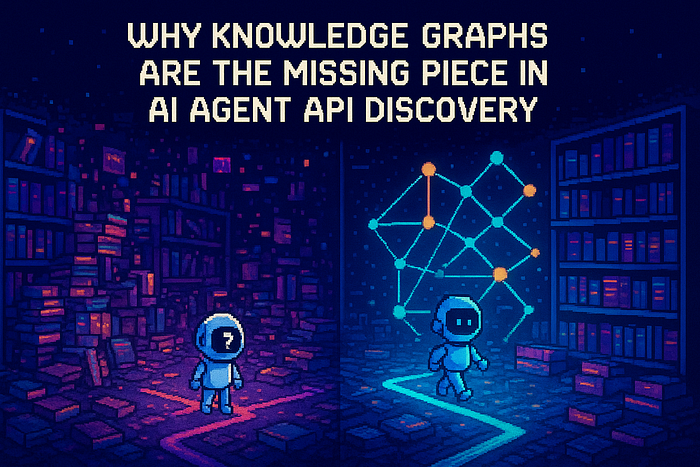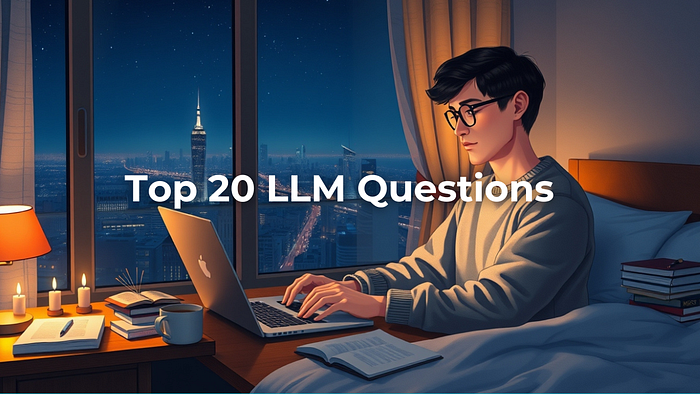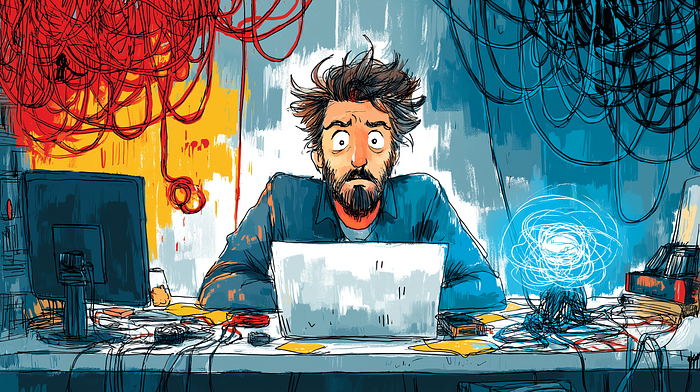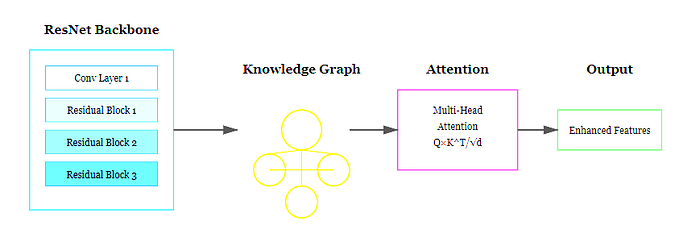
Creating Beyond the Frame: A Practical Guide to Image Outpainting with Stable Diffusion
Author(s): Vincent Liu
Originally published on Towards AI.

This member-only story is on us. Upgrade to access all of Medium.
In a world where artificial intelligence can generate everything from poems to entire works of art, it’s no surprise that AI is now helping us reimagine existing images as well. In computer vision, there’s a related field focused on seamlessly filling in or extending specific areas within or beyond an image. These techniques, known as ‘image inpainting’ and ‘outpainting,’ have made significant advancements over time.
The journey starts with image inpainting. Specific areas in an image are restored based on the neighboring information. In Figure 2, the inpainting is applied based on the targets specified in a binary mask to remove the strokes.
Image outpainting, on the other hand, is the process of extending an image beyond its original borders, generating new content that blends seamlessly with the existing scene. An example of image outpainting is given in Figure 1. The source image contains clipped text and a limited background, which are fully recovered and further extended in the outpainting result.
Join thousands of data leaders on the AI newsletter. Join over 80,000 subscribers and keep up to date with the latest developments in AI. From research to projects and ideas. If you are building an AI startup, an AI-related product, or a service, we invite you to consider becoming a sponsor.
Published via Towards AI
Take our 90+ lesson From Beginner to Advanced LLM Developer Certification: From choosing a project to deploying a working product this is the most comprehensive and practical LLM course out there!
Towards AI has published Building LLMs for Production—our 470+ page guide to mastering LLMs with practical projects and expert insights!

Discover Your Dream AI Career at Towards AI Jobs
Towards AI has built a jobs board tailored specifically to Machine Learning and Data Science Jobs and Skills. Our software searches for live AI jobs each hour, labels and categorises them and makes them easily searchable. Explore over 40,000 live jobs today with Towards AI Jobs!
Note: Content contains the views of the contributing authors and not Towards AI.














